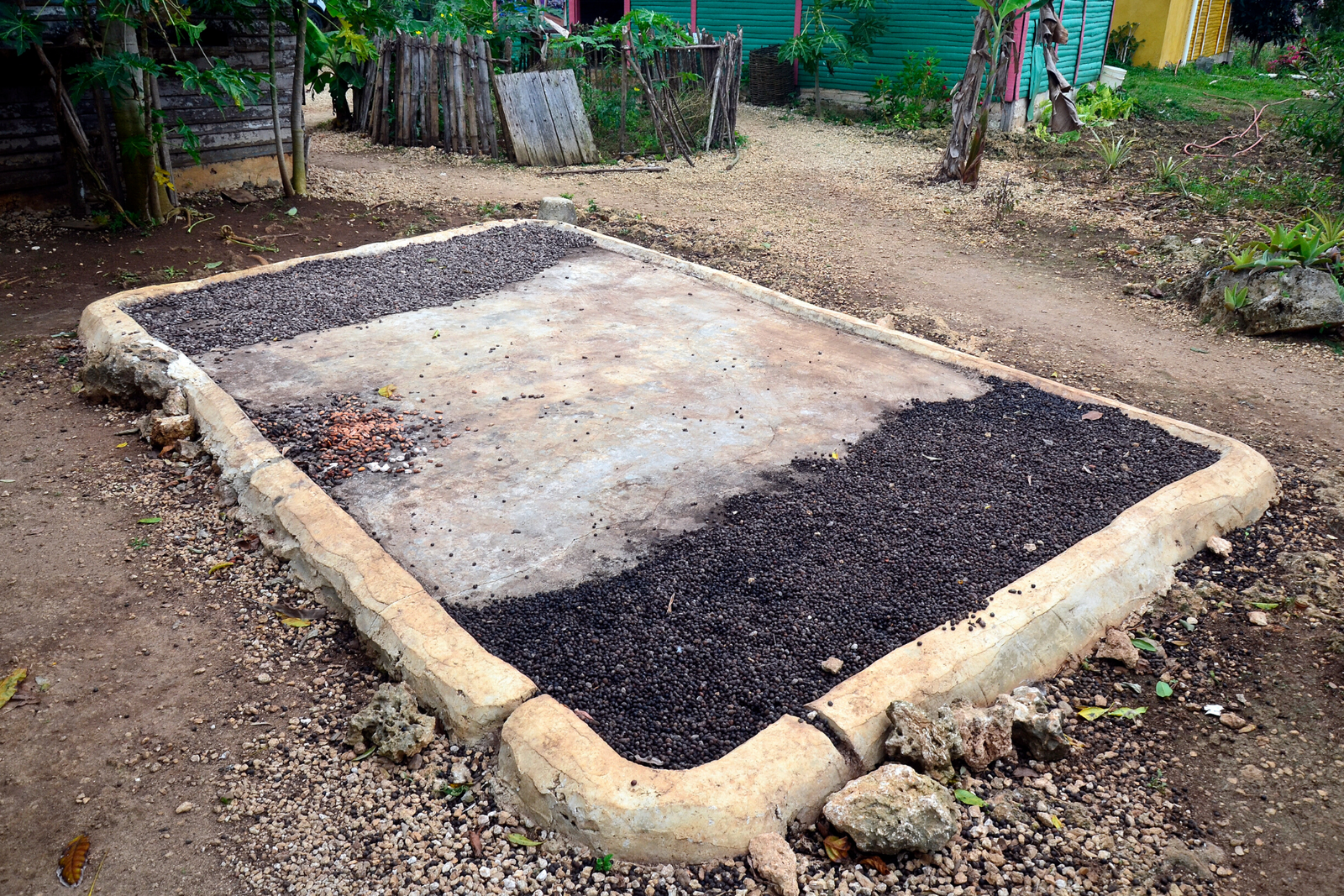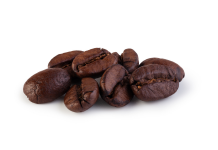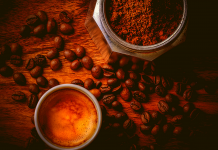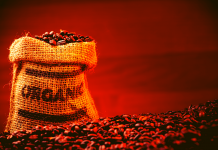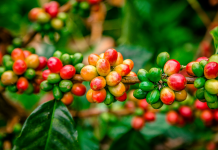Contents
- 1
- 2 Top Best Dominican Coffees
- 3
- 4
- 5
- 6 History of Dominican coffee
- 7 Reputation of Dominican coffee production
- 8 The best Dominican coffee’s geography
- 9 Coffee culture in the Dominican Republic
- 10 Coffee growing areas of Dominican Republic
- 11 How Dominican coffee is made?
- 12 Types of Dominican coffee
- 13 Ingredients used in Dominican coffee
- 14 Some effective tips to use Dominican coffee
- 15 Brewing methods of your Dominican coffee
- 16 Reasons to use Dominican coffee
- 17 Frequently Asked Questions
- 18 Final thoughts
The majority of Dominican coffee is Arabica. The main varieties are Caturra and Typical. Coffee is known to be the best and second most valuable commodity all around the world.
People all around the world are consuming about 2 billion cups of coffee regularly. Who doesn’t love to wake up with the aroma of freshly brewed coffee immediately after waking up in the morning?
However, when it comes to the best coffees, the Dominican coffee must come on the list. An amazing variety of specialty coffees have been produced in the Dominican Republic.
More often these coffees are being sold under the name of Santo Domingo coffee which is best known for its light to moderate acidity, earthy tones, rich aroma, as well as a full body.
When you are going to sip your coffee, you will certainly wonder “What does this deliciously aromatic coffee come from?”, However, the answer is probably going to be the Dominican Republic.
Do you love trying unique coffees from all around the world? Give a shot to Dominican coffee to enjoy the best ever flavor. Well, do you want to know more about the deliciously tasty and the best Dominican coffee?
Let’s have a look at the full-fledged details from the history of the best Dominican coffee to the best brewing methods given below to know more about this.
Top Best Dominican Coffees
History of Dominican coffee
The Dominican Republic is well-known for various things such as beautiful landscapes, rich farmland, unique traditions, and none other than the best coffee producers.
Surprisingly, the Dominican has left a strong influence on the industry of coffee all around the globe. Therefore, it has gotten the rank amongst the most popular coffee producers all around the world.
Do you want to know how the cultivation of the best Dominican coffee started on the island? And how coffee farming and export grew here over time? Let’s have a look at a historical overview of the best Dominican coffee.
A brief historical overview of the best Dominican coffee
Amazingly, the Dominican has been cultivating coffee for about 300 years. The concept of coffee cultivation was introduced by the Spanish colonists in the year 1715.
Although coffee was started to be cultivated in the Dominican at that time, it was not started to be exported largely or commercially until 1872. That’s why coffee here is supposed to be introduced around the 18th century.
However, when we dig deep into the historical traces, then two popular accounts are telling a little bit different story of this event.
The first one cites around 1734-35 as a year a man brought coffee beans to the territory that is known as San Domingo.
While the second is tracing the coffee history in the Dominican to the early 1700s when Spanish colonists hauled the coffee from an island known as Martinique.
However, within the century of either of these dates, Dominican coffee came to play a major role in this area’s exports, accounting for 30% of its entire output.
Reputation of Dominican coffee production
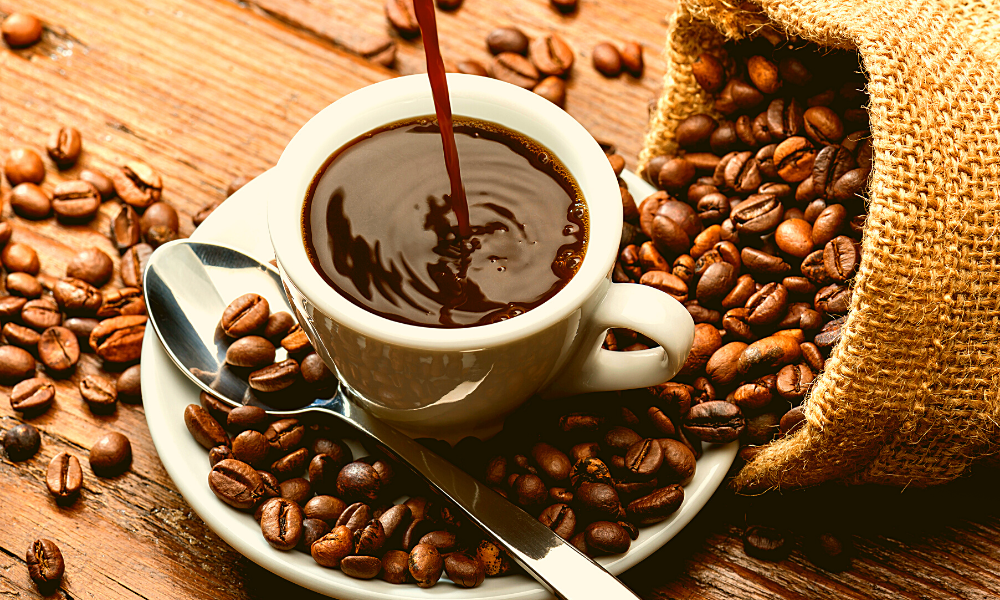

At present, the coffee that is being produced in the Dominican Republic is known amongst some of the best coffees in the world. Both Robusta and Arabica coffee beans are grown here but Arabica beans are being produced more as compared to other types.
Dominican Republic is known as the best eco-coffee producer. However, when it is about coffee processing, entire coffee beans produced here undergo the wet process.
After that coffee beans are collected and pulped by machine and then the coffee cherries are being fermented in the water for up to 2 days.
The wet processing method is known to be the most common coffee processing method that is meant to produce the highest quality of the coffee.
The best Dominican coffee’s geography
Dominican Republic is blessed with various geographical conditions that makes it an ideal land for coffee growth. It contains a fairly variegated terrain, receives plentiful rainfall that can persist throughout the year.
Also, different microclimates can also be found all across the Dominican Republic, which contributes to enhancing the coffee quality produced here.
All and all, the mountainous and tropical Dominican Republic landscape makes it an amazing environment to cultivate the best quality coffee beans.
Because of elevation, most of the coffee beans are being grown from 2,000 to 5,000 feet. As it is a vital fact that the higher the elevation is, the more time will be taken by the plants to grow.
Ultimately, these will have more time to develop more flavorful and complex sugar in the best possible way.
Coffee culture in the Dominican Republic
Favorable geographic conditions are the most important reasons why coffee has become so big in the Dominican Republic in a way that it has been integrated into the lifestyle of Dominicans natives.
Just about 20% of the best Dominican coffee is being exported annually, while the massive 80% of its production is being consumed by the Dominican natives at home.
These statistics are proof of the massive coffee culture in the Dominican Republic. Locals consume more coffee at the present time as compared to other beverages.
Without any argument the best part about the coffee culture of Dominican is that there is no wrong time to drink coffee. Visitors to the Dominican can be offered with a delicious and aromatic cup of joe at any or every hour of the day.
Coffee growing areas of Dominican Republic
There are about 7 different coffee growing areas in the Dominican Republic which have been established by the government of the country. These regions are including:
- Sierra Occidental
- Neyba
- Sierra Central
- Sierra Sur
- Cibao
- Barahona
- Noroeste
Dominican Republic is known to have microclimate differences across these regions, which results in differently tasted coffee beans with exclusive aromatic notes.
The trade of coffee beans here is pretty regulated. Coffee manufacturers deal with coffee importers and brokers from countries like the United States and Canada to get their coffees into these countries for sale.
How Dominican coffee is made?
Dominican Republic is popular around the world for many reasons. However, the best quality and eco-coffee is also one of the common reasons behind its popularity.
You can get organically produced high-quality coffee from the Dominican Republic. However, here we have highlighted a brief overview of the process of how the best Dominican coffee is made.
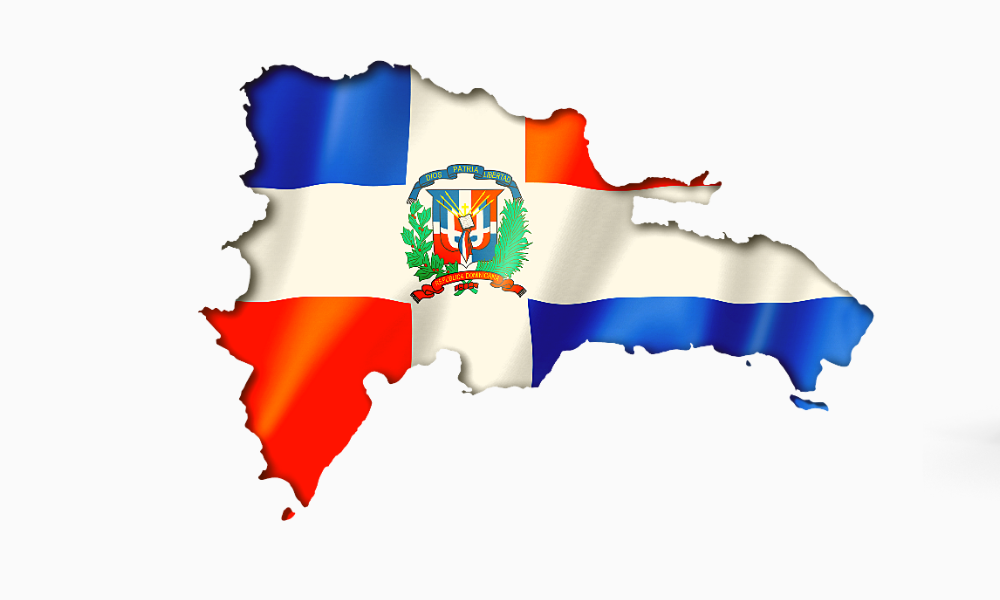

Coffee beans growth:
Growing coffee plants is one of the very first and the most obvious steps of making the best Dominican coffee. Coffee plants more commonly took about 3 to 4 years after planting.
Coffee cherries used to develop from flowers which take almost 8 months to ripe and change color to red from green.
Eco-friendly harvesting:
Two methods are used to remove coffee fruits from the coffee plants that are selective picking and strip picking. Strip picking is the method of removing entire fruit from coffee plants regardless of maturation.
However, in selective picking, the red ripe cherries are harvested commonly by hands. Well, the selective picking process is highly labor-intensive as compared to strip picking and more commonly used to get the finest Arabica coffee beans.
Coffee beans separation:
Whatever harvesting method has been used for the best Dominican coffee beans, overripe and green coffee cherries will end up mixed together.
Two common separation methods are then used to separate these coffee cherries i.e. wet separation and dry separation.
Coffee cherries processing:
Three main methods are used to process coffee cherries i.e. wet processing, dry processing, and semi-dry processing.
In the Dominican Republic, wet processing is the most used processing method that can enhance the overall quality of coffee beans in the best possible way.
Polishing and hulling:
Hulling is the process to eliminate what’s left on the beans of fruit. While coffee bean polishing is a method meant to remove any remaining silver skin following hulling. This process is done to improve coffee beans’ appearance.
Sorting and grinding:
Through a multistep process, fine Dominican coffee beans are sorted and cleaned. Sieve shakers, gravity separators, and Air sorters are used to separate them on the basis of size and density. While color sorting is done by hand or machines. While, final grinding depends on the size, quality, growing altitude and location, and taste of the beans.
Roasting:
Commonly large commercial roasters are being used to roast Dominican coffee beans by blowing hot air on these. Dominican coffee beans are roasted by increasing temperature between 180°C and 230°C gradually.
This triggers steam release and cause the beans to swell and darken in the color as well as develop delicious roasted flavors.
Brewing:
Finally, brewing the best Dominican coffee is the step everyone loves to do. Give yourself a shot of the best Dominican coffee and energize yourself to the next extent.
Types of Dominican coffee
Do you want to know the types of the best Dominican coffee being produced in the Dominican Republic? Let’s have a look at two major types of coffee beans that are being harvested in the Dominican Republic.
A brief overview of each Dominican coffee type is given below to give you a better idea about the things in this regard:
Arabica Coffee
Arabica coffee beans are the largest produced coffee beans in the Dominican Republic. The best Arabica coffee harvested in the Dominican Republic contains a slightly sweet flavor with hints of caramel, chocolate, and nuts.
In some varieties, you can also experience the hints of berries and fruits.
However, arabica coffee comes up with pleasant levels of acidity along with slight bitterness that offer a perfectly delicious Dominican coffee cup to you.
Cold brewing coffee has the ability to bring our Arabica’s sweet flavor even more. However, the roast is being used and can affect the degree of the flavor of these beans.
Even more, the geographical area and climate also affect the flavors degree in Arabica coffee beans.
Robusta Coffee
Robusta coffee beans are the second most common coffee beans that are being harvested in the Dominican Republic.
However, when it comes to the taste and quality of Robusta coffee from the Dominican Republic then you must know that this coffee type offers a more earthy and bitter grain-like flavor. While it contains a peanutty aftertaste.
However, the overall taste of the Robusta coffee depends mostly on the quality of coffee as well as roasting methods.
Also, it is necessary for you to know that Robusta coffee beans come up with higher caffeine content as well as lower sugar as compared to Arabica coffee.
Therefore, it more often tastes harsher and stronger as compared to the Arabica coffee beans.
Ingredients used in Dominican coffee
Dominican coffee is a pride and joy for Dominicans for good reason. Coffee is an everyday life’s part for Dominican locals. In fact, it is the most common non-alcoholic beverage being used by people there.
However, the trend of harvesting the high quality and the best Dominican coffee is passing down from generations for more than 300 years.
The local farmers here grow the best quality Dominican coffee on steep mountains or hills slopes. And a more common method of picking Dominican coffee beans is by hand.
Dominican coffee is best known as eco-coffee as well as organic coffee. Even the most popular brands of Dominican coffee are offering pure roasted and ground organic coffee beans to let you taste the richness and original taste of the best Dominican coffee beans.
Almost no additional ingredients are added to their packaging. However, to bring some flavor into your Dominican coffee, you can add any of your favorite ingredients in it with ease.
Some effective tips to use Dominican coffee
However, when it comes to enjoying the best Dominican coffee beans to the fullest, then there are certain tips you need to consider. It is because these effective tips will help you to make most out of your Dominican coffee cup in the best possible way.
So here we go with some of the most effective tips for you:
Prefer to use freshly roasted Dominican coffee
The best and fresh beans come from the roasters directly. However, when it comes to excellent roasted coffee beans, these come up from torre factories of the country as they restock on a regular basis.
Beware of buying a pack of Dominican coffee placed on the shelf of a supermarket for how long. Rather buy freshly roasted and properly stored Dominican coffee beans to taste the best Dominican coffee flavor in the best possible way.
It is also recommended to avoid storing too much of Dominican coffee in your cabinets. Because most of their flavor and subtleness will be lost in the process, otherwise.
Use hot brewing water
Experience and experiment of centuries has taught people that the best extraction of flavor and aroma liberation can be accomplished if the water is off-boiling when it reaches the ground beans.
Also, it is highly recommended to never brew more coffee than what you can use right then and there. It is because brewed coffee left can lose its texture, taste and flavor rapidly.
By this, you are just going to waste the quality of Dominican coffee you have paid for.
Grind the coffee beans carefully
Whenever it comes to prepare the best Dominican coffee, then it is highly important to make a better start with properly toasted and carefully stored Dominican coffee.
So that whenever you are in desire of the best Dominican coffee, you are all-set to grind a fresh batch of the best Dominican coffee with ease.
When you are going to grind coffee beans, it will increase the oxidant potential, so it is always better to leave the process of grinding your Dominican coffee beans till the last moment.
Use proper equipment to prepare the best Dominican coffee
If you want to prepare the best Dominican coffee, then you must own a greca. This is a cheap gadget in the kitchen which can be a life changer for coffee lovers. Therefore, it is highly recommended for everyone to have this in your kitchen.
As you want to prepare the best Dominican coffee here, therefore, your regular coffee maker might not be going to do good here. So, investing in a greca is the best thing you can do in this regard.
Let it get a boil
Once you are screwed firmly to the top back on the Dominican coffee, you have placed water on the stovetop over medium or low heat, and the coffee will start percolating up.
It is recommended not to raise the lid. It is because any Dominican can tell you that the best Dominican coffee is being ready by the smell which is going to permeate the kitchen.
Important note:
It is a vital fact that Dominican coffee is sweeter as sugar is the main cash crop of the country. Still, some people go to use sugar with the coffee in the filter to let it brew together.
But it is not the requirement here. It is because when the best Dominican coffee is all-set to be served, it is better to drank solo.
By this, you are going to be ready to sip the best Dominican coffee to the content of your heart.
Even though it is pretty tough not to get the best cup of Dominican coffee because it always contains rich aroma and delicious taste.
But still considering the tips mentioned above will help you in getting the best of Dominican coffee in a more amazing way.
So, don’t forget to consider these tips whenever you are going to prepare a cup of Dominican coffee to get the best out of it in the best possible way.
Brewing methods of your Dominican coffee
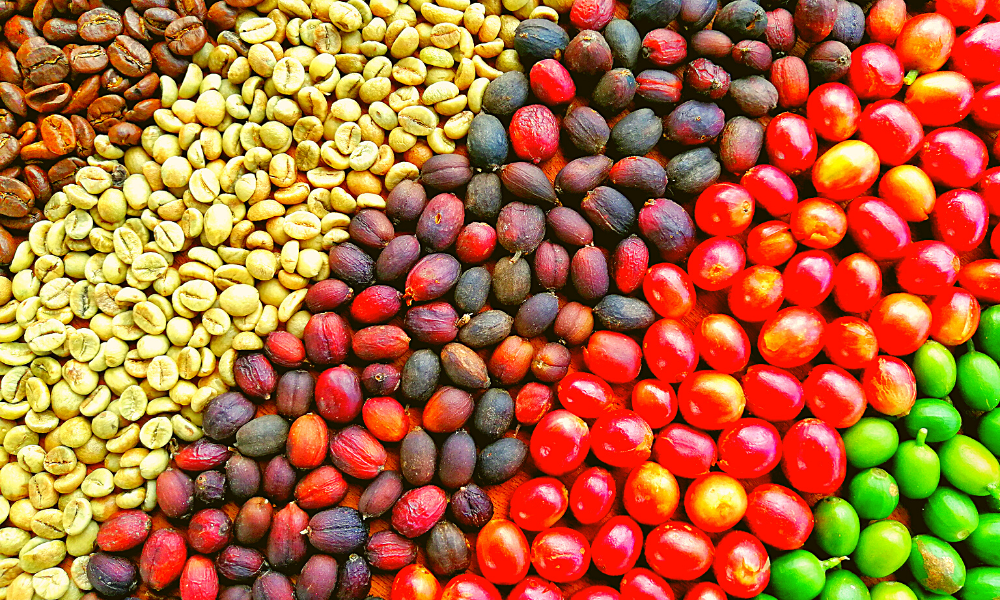

Preparing a delicious cup of the best Dominican coffee is not tough. There are few simple steps you need to follow to brew a perfectly aromatic and flavorful cup of the best Dominican coffee.
- Get some boiled water.
- To get the best aroma and rich flavor of Dominican coffee, it is recommended to use off-boiling water at 95 C.
- Get some freshly roasted and grinded Dominican coffee beans to add in off-boiling water.
Tips:
- Avoid boiling Dominican coffee directly. Because it will waste its fine properties.
- Brew the amount of coffee you are going to consume immediately. Otherwise, it will just be a waste of money.
Reasons to use Dominican coffee
Here are some compelling reasons to use Dominican coffee:
- The Dominican coffee is grown under less sunlight that makes it of profound taste.
- Due to all-year long rainfall, the coffee beans in Dominican Republic take longer to ripen, which makes them extract maximized properties.
- Handpicking is the common method to harvest the best Dominican coffee. This ensures careful and eco-friendly picking to offer you the best quality of coffee.
Frequently Asked Questions
- Do Dominican coffee contain caffeine?
Yes, Dominican coffee contains caffeine and a pleasant acidity amount.
- Which of the Dominican coffee types comes up with higher caffeine amounts?
Arabica and Robusta are two most commonly grown coffee beans in Dominica. However, the Robusta beans contain higher caffeine content.
- Is it necessary to grind Dominican coffee just before brewing?
If you want to experience an enhanced and more flavorful taste of Dominican coffee, then ensure to grind it just before brewing.
- Why Dominican coffee offer the best taste?
As Dominican Republic experiences rainfall throughout the year, therefore, coffee flowers take about 8 months to ripen here. This longer duration helps Dominican coffee to embrace the taste and other properties’ richness effectively.
- Can I add spices in Dominican coffee to get a different flavor?
Yes, you can add spices such as clove, nutmeg, or ground cinnamon to add more flavor to your Dominican coffee.
Final thoughts
Coffee cultivated in the Dominican Republic has been overshadowed for a longer period of time by the neighboring country’s products such as Puerto Rico and Jamaica.
However, when it comes to the best coffee from Dominican island, then it can qualify as one of the finest coffees coming out from the Caribbean with ease.
The global industry of coffee beans is dominated by the beans that are medium roasted and focus on complex and diverse flavor palettes, while the best Dominican coffee is shunning the norm and producing coffee that is dark roasted.
The smoky earthiness of it along with velvety dark chocolate notes and sugary sweetness can complement the bold strength and taste of these beans well. Amazingly, the full-body texture is also rounding up a delightful joe cup.

